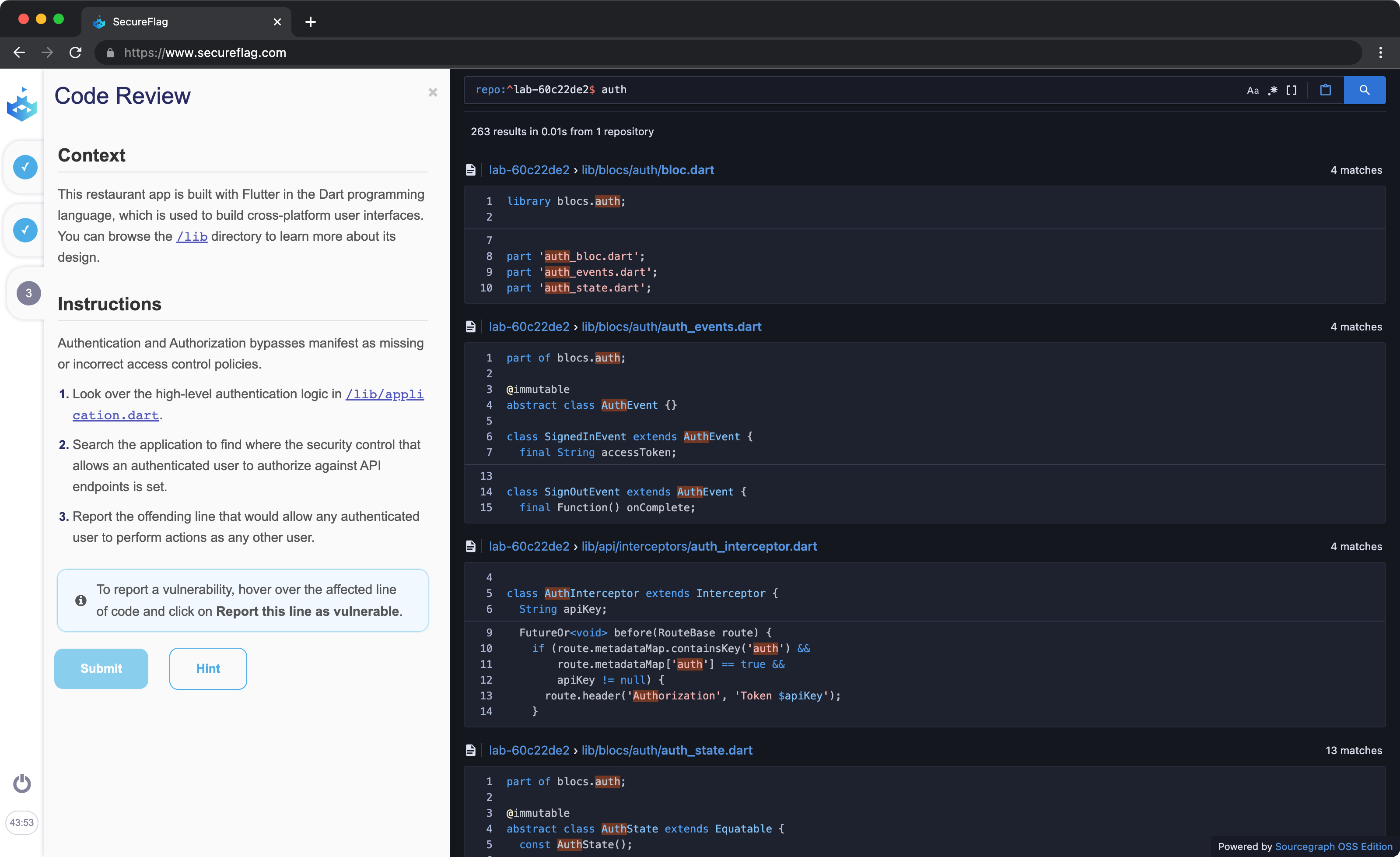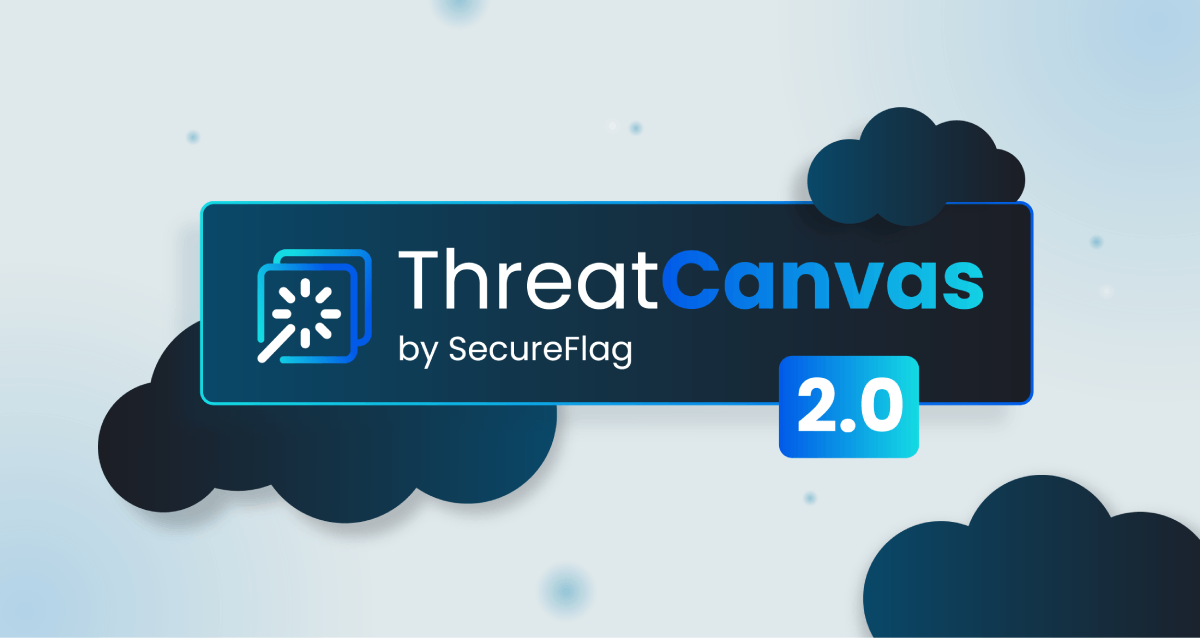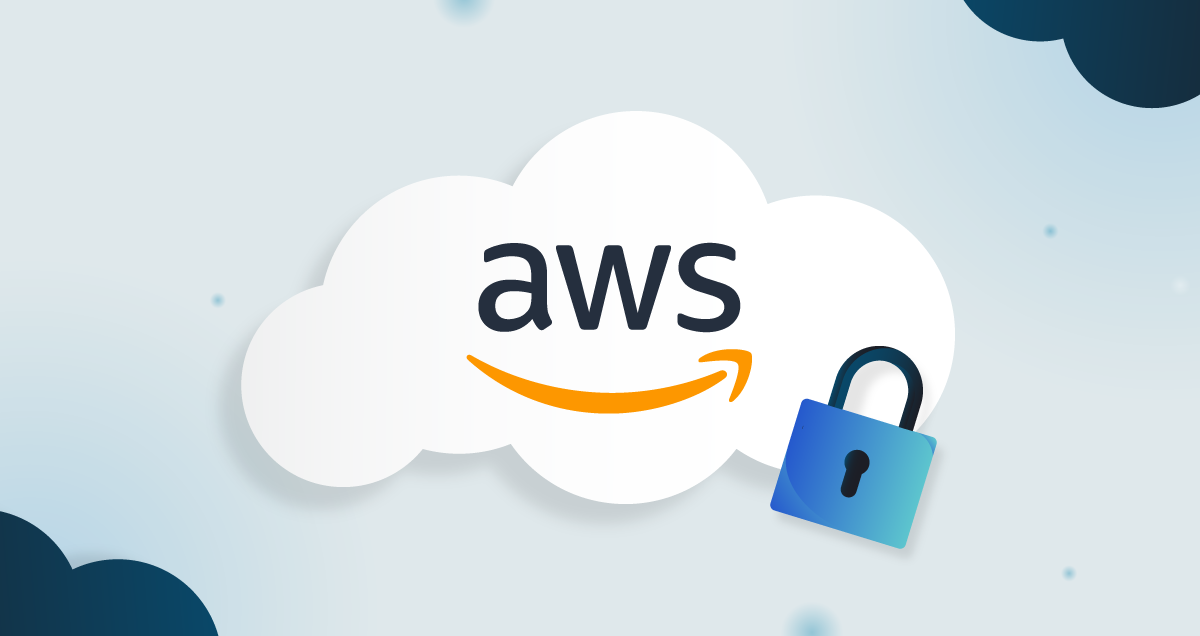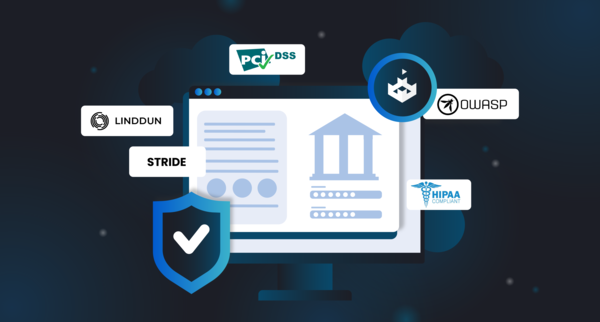There’s scale, and then there’s scale…
The global revenue from mobile apps is on a trajectory that will likely see it reach $613 billion by 2025, up from $318 billion in 2020, reports Statista. To put that into perspective, $613 billion is roughly equivalent to the 2021 GDP of Poland. Imagine if a not-so-small country like Poland doubled its economic weight in only 5 - yes, 5! - years… that’s some serious scaling!

It is, of course, no surprise that this is the case - many of our lives are now neatly tucked inside a pocketed rectangular device. As a result, this new reality we’re creating for ourselves is continually opening new doors for mobile software developers to create apps that deliver best-in-class, personalized experiences to their end-users.
Statista’s analytics represents a similar trend projected by other industry watchers, who predict the influx of tools and escalated demand for app development marks the emergence of mobility as the new cornerstone of business.
The bottomline is this: mobile app development is insanely big and increasing exponentially. With that in mind, let’s have a look at how we can contribute to the security of this integral ecosystem!
The future of mobile app development
With digital transformation empowering modern businesses, simplifying accessibility to customers, employees, assets, products, and other businesses by transcending time and geographical boundaries has become a business imperative. Organizations attuned to the dynamic demand landscape are advanced in their implementations of holistic and mature digital transformation strategies, incorporating fundamental practices such as:
- Adopting a ‘mobile-must’ metamorphosis with web development and mobile app development services
- Designing and developing apps that elevate engagement and customer experience across all touchpoints
Mobile apps have become integral to satisfying the unique need for providing a high-quality end-user experience with elevated levels of user retention. In terms of an organizational digital transformation strategy, mobile apps are central to business growth and enablement, as they directly impact sales and increase ROI.
Tim Sneath, Product Manager of Flutter, said Flutter has experienced a surge in utilization since its release in 2018, with over 2 million developers using it. The spring update revealed that Flutter is now being seen as the ‘framework of the future’ in the mobile and enterprise app development space.
What is Flutter?
Google’s Flutter is an open-source framework that comprises a Software Development Kit (SDK) for designing mobile, desktop, and web apps with a single codebase. The SDK is a comprehensive compilation of tools, libraries, and APIs that contain all the prerequisites for building cross-platform applications. With high portability, Flutter uses the Dart programming language and incorporates Material Design and Cupertino widgets to deliver native-like apps across mobile, web, and desktop from a single codebase.
In a recent survey, 39% of software developers from all corners of the globe indicated a preference for Flutter, with many of the respondents noting its near-native performance and reduced code development effort as some of Flutter’s stand-out advantages. In a constantly evolving, data-driven, competitive ecosystem, Flutter was voted as one of the most robust cross-platform app development frameworks across enterprises.
Flutter easily integrates with multiple platforms, such as Android, iOS, Linux, macOS, Windows, and Google Fuchsia applications. With an inherent responsive style and a ‘native’ look and feel, Flutter helps create spectacular UI with high levels of performance on Apple and Android devices.
What makes Flutter tick?
Flutter is a game-changer when it comes to value-added features that businesses can leverage for their go-to-market strategy. As a less resource and capital-intensive framework, it is a one-stop shop for SMEs and startups that operate on heterogeneous platforms. Occupying significant market space across renowned e-commerce service providers and several modules of the Google Assistant, Flutter is powered by unique and innovative capabilities such as:
Code reusability and platform-agnosticism
The portability offered by Dart allows Flutter to remain platform-agnostic, and deployment across several platforms can be done using a single codebase. The development lifecycle and the costs incurred, therefore, are drastically reduced.
Superlative speed with Custom widgets
Flutter’s ready-to-use widgets are based on the unified object model approach that delivers instantaneous updates. Additionally, the UI widgets meet key web application design requirements. The framework automatically rebuilds the widget tree that enables quick viewing of the updates in real-time to boost productivity.
Feature-rich graphic libraries
The Skia Graphics library that Flutter uses is a mature open-source graphics library that can redraw the UI with every modification in a view, rendering a smooth and seamless app experience.
Internationalization and greater accessibility
Flutter’s inherent localization and internationalization capabilities make apps diverse and inclusive, which increases the accessibility to a wider range of users.
Hot Reload for fast testing
Flutter’s Hot Reload feature not only expedites the app development but also delivers bug-fixing ‘on-the-go’. The app does not need to be reloaded with every modification in the code, enabling a broader scope of testing capabilities.
Dart for development
Flutter uses the Dart programming language, which is based on the ‘one-source and general-purpose’ programming style. Developers with minimal knowledge of the language find that Dart has a comparatively shorter learning curve.
Minimum Viable Product (MVP) building advantages
The Flutter framework enables startups with budget constraints and entrepreneurs to showcase their business models through MVPs to investors without extensive development and testing processes for Android and iOS systems. With MVPs being an imperative for acquiring funding, Flutter is used for creating basic app versions with minimal, elementary features for testing the concept in quick iterations.
What should you keep an eye out for security-wise?
All of the above aspects of Flutter certainly serve to strengthen its leading position in mobile app development, although it is still not impervious to both issues concerning performance and risk.
For starters, Flutter is ‘heavy’, owing to the widget framework. Downloading updates may take longer as the modules get embedded as fixed elements that require recompilation and reinstallation. The limitations of the tools and libraries in the framework may not offer expanded functionality. As a developer, it is important to understand the primary purpose of the applications to be built using Flutter to make informed business decisions.
In addition, despite Flutter offering almost all of the security plugins one could hope for when building a truly secure app, these need to be implemented properly to work effectively! Sensitive Data Exposure, Unauthorized App Access, Session ID attacks, and Code Injections - these are all vectors of attack that, depending on the correctness of your architecture and implementation, can still be executed.
Hands-on training in Flutter mobile app development with SecureFlag
The need for entrepreneurs and established businesses to consider digitalizing their businesses through cutting-edge methodologies has never been stronger. In today’s technological evolution, mobile apps not only increase engagement but also drive your organizational goals and objectives on many fronts.

SecureFlag delivers world-class secure coding training for Flutter app development in numerous enterprises worldwide. Our hands-on training methodologies enable developers and information security personnel to not only integrate mobile apps into their systems to stay ahead of the volatile competition curve but to do so securely. With deep industry expertise in identifying and mitigating security issues, we weave real-world vulnerabilities into organizations’ training frameworks to ensure developers are hands-on at every level of their learning journey.
Increased adoption of cross-platform apps will continue to remain mainstream. Reach us if you are looking to incorporate a modern secure coding training approach to the core of your enterprise software development lifecycle.


